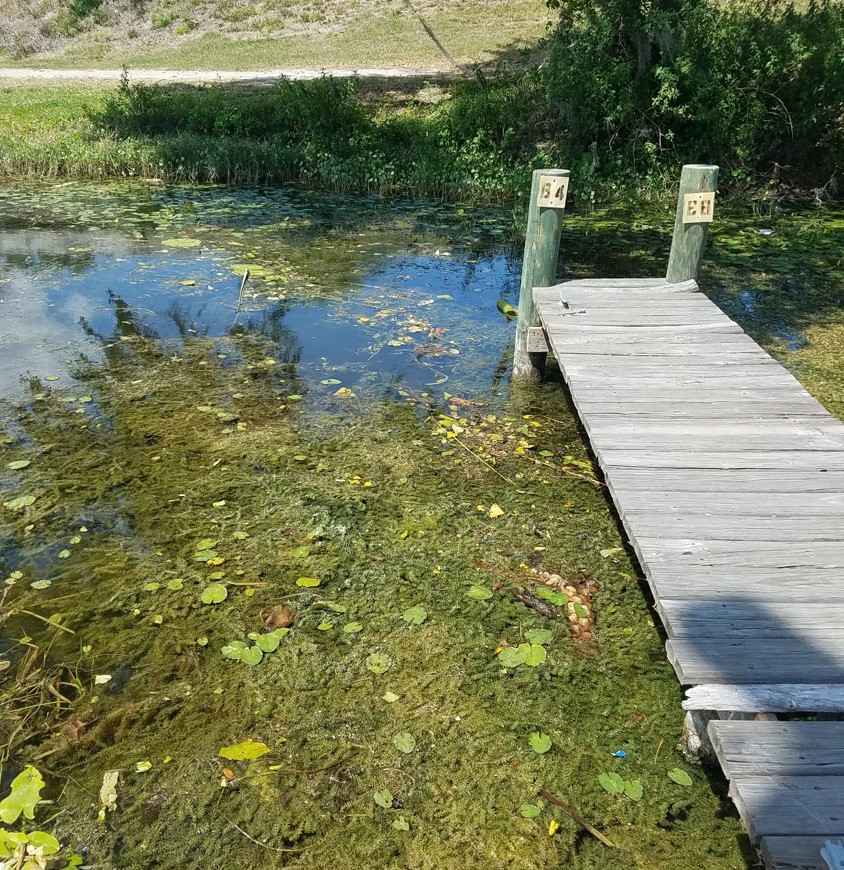
by Judy Biss | May 18, 2018
Florida has hundreds of aquatic plant species, and they are an often-overlooked feature of Florida’s landscape. Overlooked that is, until the growth of non-native (even some native) species interferes with use of our waters. Some aquatic plant species can become...
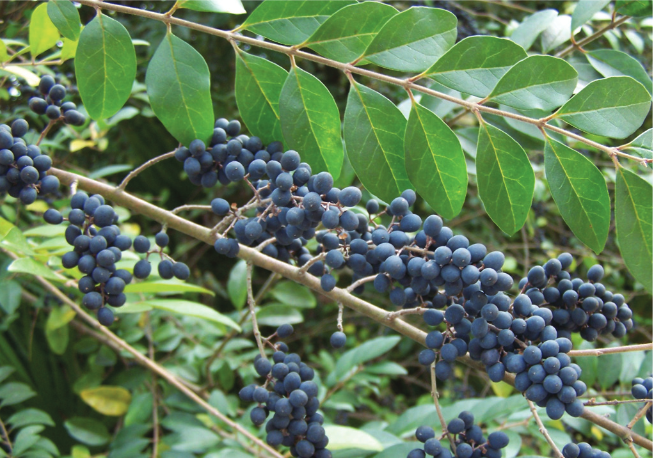
by Doug Mayo | Feb 2, 2018
This week’s featured video was produced by Alabama Extension to show the results of a Chinese Privet chemical control demonstration. This video shares the results for three techniques used for privet control: foliar (spraying leaves), cut stump, and basal bark...
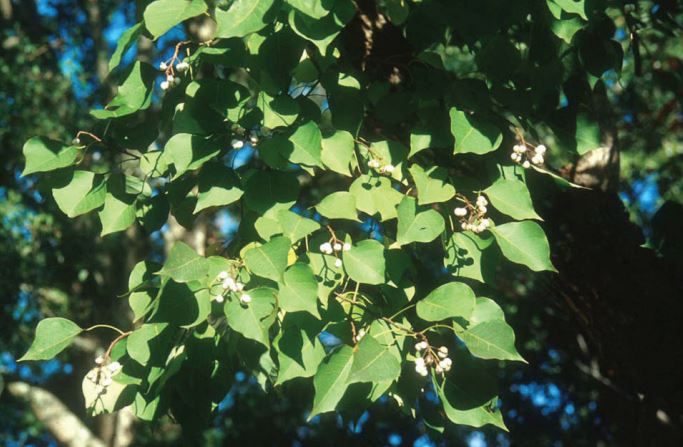
by Kalyn Waters | Jan 26, 2018
Chinese Tallow is an invasive tree that is now well established in the Southern United States. It first became a concern in natural areas, due to its invasive nature and adverse effect on native communities of plants. Chinese tallow was first recognized as an issue in...
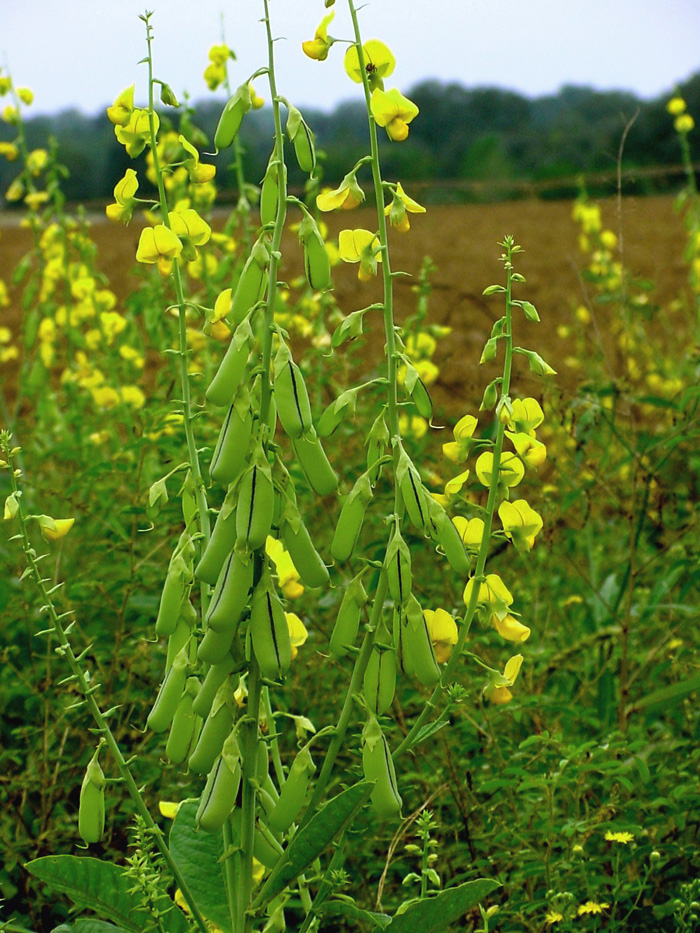
by Kalyn Waters | Aug 4, 2017
Commonly known as Showy Rattlebox, Showy Crotalaria is a fast growing summer annual that germinates in early spring and flowers in late summer. As a member of the legume family, it was brought to the United States to be used as a cover crop to help set nitrogen in dry...

by Kalyn Waters | Jul 28, 2017
This week’s featured weed is tropical soda apple, a serious weed problem in many pastures and natural areas of Florida. This invasive weed is very prolific and can infest a pasture in a very short time. Its fruit are toxic to goats, and the unpalatable thorny leaves...
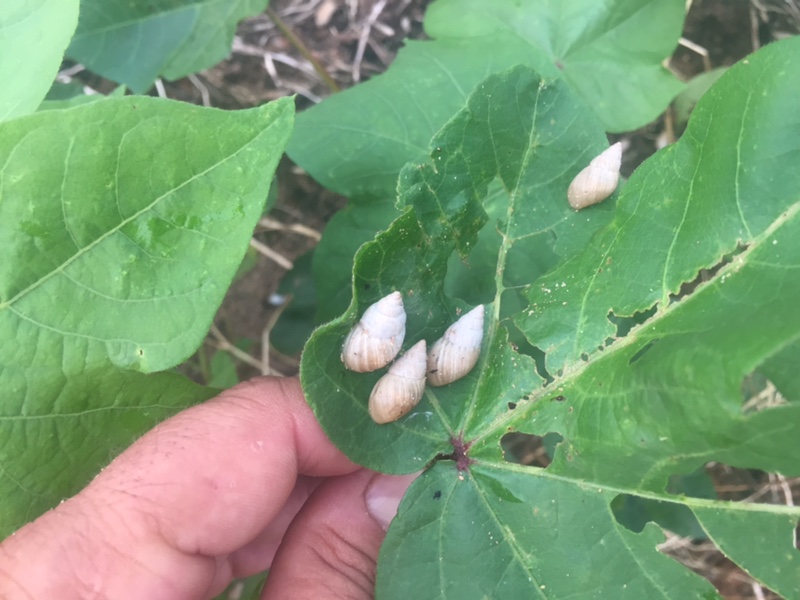
by Michael Donahoe | Jul 14, 2017
Snails have invaded some local areas throughout northern Santa Rosa and Escambia Counties this summer. The snails are tan colored, high and conical, with mature snails about ¾ to 1-inch long. They have been found in extremely high numbers in some crop fields,...







